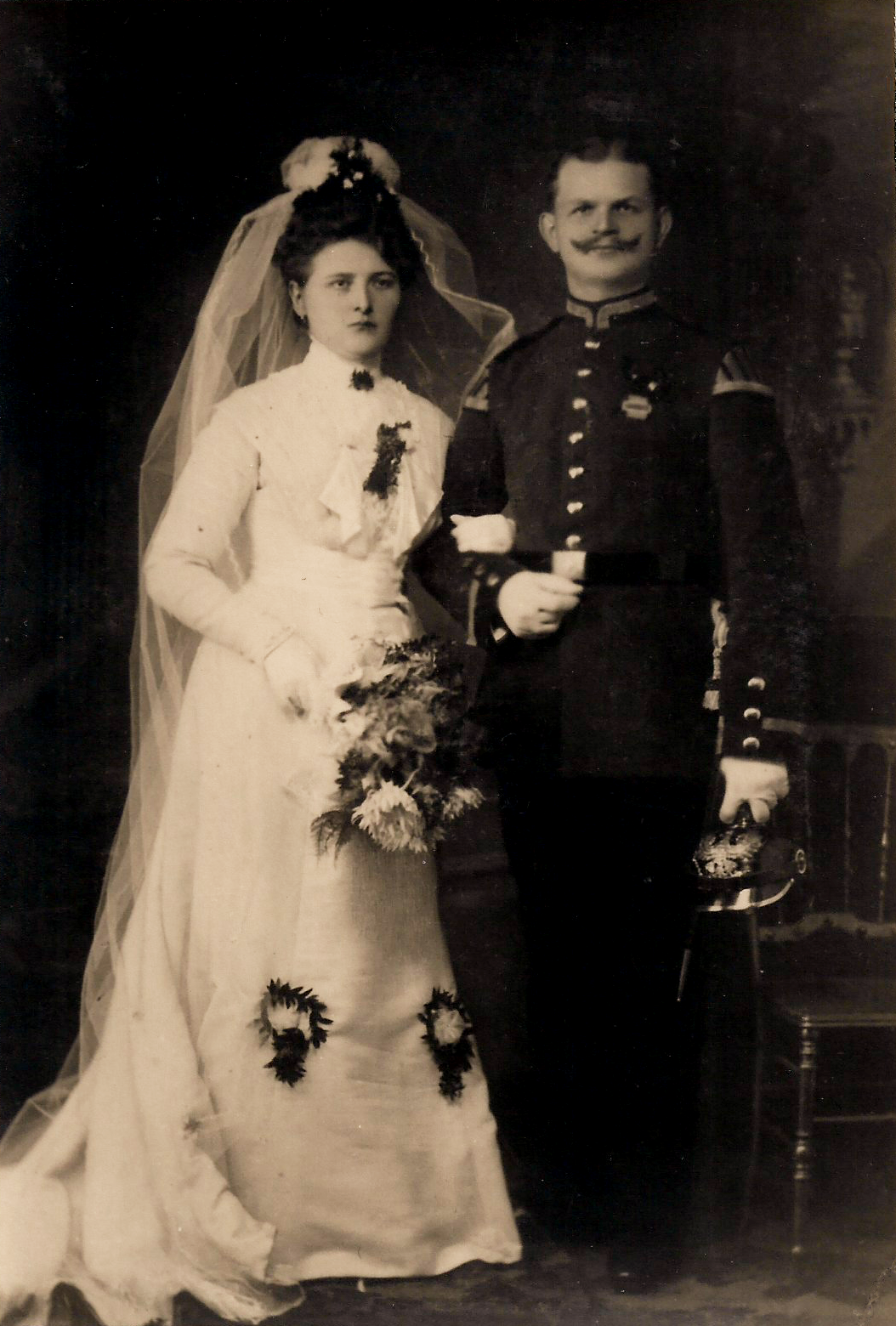- What information can one find on PeterJockisch.de?
- How can one be informed about news?
- Official websites and publication platforms
- No dispatch of advertsising, no newsletters
- No collection of donations, no appeals for donations
- No representatives, no employees
- Communication notes
- Biographical notes
- Family portraits
- Information Maps on the German Reich (preview)
What Information can one find on PeterJockisch.de?
Peterjockisch.de publishes factual articles by Peter Jockisch as well as link lists on various topics.
How can one be informed on News?
News and update information is only available via the RSS news ticker and the news section, neither of which requires any e-mail data. E-newsletters are not sent.
![]() RSS news ticker for PeterJockisch.de.
RSS news ticker for PeterJockisch.de.
Official Websites and Publication Platforms, Technical Aspects
As a matter of principle, I only publish on Internet pages of which I am the sole owner. My webhoster service provider is Hetzner Online GmbH, hetzner.de (English version). All my webpages and contents are published exclusively via this webhoster. An exception to this are only my user account at Archive.org, “www.peterjockisch.de”, under which only copyright-free documents are published, and my Youtube channel “Peter Jockisch”.
Here are the only authorized websites of Peter Jockisch where photos, videos and audio files as well as articles are published:
| Domain, URL | Theme | Language |
|---|---|---|
peterjockisch.de |
Personal page |
DE / EN |
| peterjockisch.com | currently empty | DE / EN |
No Advertising, no Advertsising E-mails or Letters, no Newsletters, no Product Advertising
Non of my websites sends advertising e-mails or newsletters. I principally do not use newsletters, instead I use consistently RSS news tickers which have numerous advantages over e-mail newsletters. Introductory article: „Keep up with the News with RSS Feed Readers.“
I principally do not write readers' letters, and do not send any advertising e-mails, advertising letters, or news letters.
All information are offered exclusively “passively” on my own official websites. Current news and notifications can be read in news sections and can be obtained via RSS news tickers publicized on my official websites
All websites recommended by me are exclusively listed on my own websites. I do not practise banner exchange.
I neither use Facebook nor Twitter nor MySpace, no eBay, no PayPal, or any other similar services.
General remarks on precautionary measures in e-mail communication: Fraudsters, e-mail spam senders (WP article “Spamming”) and discrediters/eputation-damaging persons often use real e-mail addresses from the Internet to underpin their credibility. The sender name and sender address of an e-mail can easily be forged. In addition, the utmost caution is required when attachments such as .zip files are attached to alleged invoices, credits, declarations of love, faxes, etc., which are intended to lead to ill-considered action and opening of the attachment as a result of emotional turmoil. Forwarding a suspicious email to a third party for analysis is also risky, as it could put you on the list (blacklists) of senders of fraudulent and spam emails fully automatically (via email delivery system analysis procedures) and discredit your own email address. In general, every step should be carefully planned in such cases, as otherwise you run the risk due to ill-considered reactions that those affected by the identity theft (WP article “identity theft”) could also take legal action against you because of damage to their reputation.
No Collecting of Donations, no Appeals for Donations
I don't collect donations: I don't write any donation emails and I don't call for such actions. I do not have a donation function for myself or for my internet pages. I do not send any advertising material for third parties, nor do I send any donation-call e-mails or letters for third parties.
This information is given in order to exclude possible free riders.
No Representatives, no Employees
I have no representatives or assistants or other employees who speak for me. This will not change in the future. I do not offer jobs.
I do not communicate on a business level via telephone, which is not very suitable for proof of identity. Telephone information is generally not provided. I do not own a mobile phone or a fax machine and refuse to accept any contracts or offers. The telephone number is only given in the imprint in order to comply with the legal requirements.
I don't get involved in discussions on the phone or on site. Anyone who has something to tell me should do so in writing, preferably by electronic mail. Unfortunately, there is no guarantee of a reply.
Due to telephony being unsuitable for proof of identity and the high risk of impersonation, I only conduct phone calls with immediate family, using landline network only. I principally do not use mobile telephony, SMS or fax.[*]
Footnote:
[*] A large part of the facts, on which my decision is based, is documented in the articles of the websites diagnose-funk.org and chemtrail.de, among other things in the “Mobilfunkbroschüre” of the comprehensive information webpage Chemtrail.de: Dokumente → Dokumentenarchiv (PDF‘s+Doc‘s).
The national and international web pages of the link lists, “Links” and “Links zu”, as well as numerous other web presences, including the “Cell Phone Dangers” section of the news portal rense.com, contain detailed information on the subject.
Critical illustrations on the mobile phone technology allowed by the rulers are available at http://www.deesillustration.com; it is highly likely that many beneficial technologies will be blocked and banned by the background powers, not only in the energy sector, but also in the telecommunications sector.
Prefered Communication Medium: Cryptographically signed E-Mail
Currently, the effective protection that can be achieved with publicly available cryptographic technology is highly questionable. Advanced computer technology is likely to be kept out of the public domain in order to keep the intelligence services of the rulers at the forefront of computing power. In addition, software and hardware backdoors probably exist. Officially recommended standardized encryption methods may have inherent mathematical weaknesses: Why should the intelligence services of the Western and Eastern hemispheres recommend and give away self-developed secure algorithms whose use would make their central work, interception and industrial espionage, impossible?
The higher-ranking organisations of those families who stand above the law most probably have an incomparably strong calculating power, which normal users have little to oppose. However, some of the potential attackers under the law can be fended off. The communication security can be increased at least within a certain framework, by consistent use of cryptographic signing.
All my e-mails are always signed cryptographically, with PGP/MIME or a separate signature. I never send unsigned e-mails without any exception. Signatures need to be verified, for example with GnuPG GNU Privacy Guard, www.gnupg.org, MS Windows version: www.gpg4win.org. I only use the key listed in the imprint. PeterJockisch.de is the only official source for my key.
Signature Verification with OpenPGP and GnuPG
To view a name and a cryptographical checksum is not sufficient. For the authentication, the signature must be verified. After the initial activation, modern e-mail agents fully and automatically verify in the background.
For the qualified electronic signature, most often, only hardware-based (chipcard) class-3-certificates, certified by legally recognized CAs are accepted by law. However, the required hardware and software infrastructure (available card readers, supported operating system, e-mail agent, software) is throughout of proprietary nature; this means not checkable and visible and thus especially risky under security aspects. If attached to your email, I maybe will use such public X.509- or OpenPGP certificates with my mail program (MUA). However, I myself do not sign with such certificates
Cryptographical checksums as alternative proof of authenticity
Some recipients are not familiar with practical encryption and signing, or they have no possibility to use it in their country. In these cases, in addition to the signed e-mail, I write the message seperately in a “.txt” or “.pdf” file and publicize its checksum in the checksum blog section on PeterJockisch.de, combined with the date of dispatch, sending time and initials indicating the document.
Checksums for files can be created with a single right mouse click, for example with Free Software like Cyohash or Jacksum. More information about the application possibilities can be found in the introductory article “Practical application of cryptographic checksums”.
For verification, the checksum of the attached ".txt" or ".pdf" file must first be formed. You can then check the checksum blog area of PeterJockisch.de to see whether there is an entry with the corresponding checksum for the e-mail date in question. Checksums of my e-mails are published there and only there, nowhere else:
http://www.peterjockisch.de/blog_en/checksums-blog.html.
My e-mail texts do not contain any data on the checksum. That would be completely senselessly. Everyone could write an arbitrary file and subsequently copy a checksum of the blog section into the e-mail text.
SSL/TLS certified site sections will follow.
How do you pronounce Peter Jockisch?
In German you pronounce Peter as [ˈpeːtɐ] and the family name Jockisch like Yockish: The “J” is spoken like a “Y” and the “sch” like the “sh” in “English”. The stress is on the first syllable. Phonetic transcription in IPA notation: [ˈpeːtɐ ˈjɔkˌɪʃ].
Biographical Notes
The publication of texts entails that readers sometimes want to learn more about one' s personal history.
About the family background: I was born in 1970 in Freiburg im Breisgau in southwest Germany and was baptized as a Protestant.[1] My mother is German and comes from Brieg (overview, brochure) an der Oder, Silesia. She grew up after the expulsion in Bavaria and came to Freiburg in 1961. My father was Peruvian. Both originally met at the end of the 1960s during a French language course in Besançon. Due to too different characteristics, the relationship was short-lived. From the encounters during his pro forma visits in the 1970s to the early 1980s, as well as from his pro forma cliché letters (and not responding to my letter contents), I knew we had nothing in common. Also, he paid practically no alimony for me (only child), his subsequent children all had a higher priority, so financially it was anything but easy for us [2].
The father had never lived here, not even temporarily. He came here only to visit. He never received any money in the BRD/FRG. During his research scholarship/doctorate (geology, water veins in the Vosges) at the end of the 1960s he lived in Strasbourg, Alsace. After the subsequent relationship with his French wife also broke down, he returned to South America. There he founded a family again; I ended the contact in 2001. I don't speak Spanish. My homeland, my Heimat (English WP article on the German word “Heimat”) my native, i.e. spiritual-cultural place of being, my ethnic soul affiliation (my Volksseelenzugehörigkeit) and spatial rootedness (my heimatliche Verortung) was always Germany for me.
Professional: I got my Abitur at the Kepler-Gymnasium Freiburg. For various reasons I did not finish my computer science studies. In the city planning office Freiburg and in the surveying office. I gained practical experience in the field of document archiving and processing. In the Freiburg City Library I gained insights into the working processes of a library. The activity in the youth center Stühlinger Freiburg taught me a lot about didactics.
Leisure interests: In the area of nutrition, I am mainly interested in vegan cuisine and herbal alternatives to milk and eggs. I consider sweet lupin-based products (lopino, sweet lupin milk, etc.) to be very promising. A vegan cake dough, e.g. a nut cake or marble cake dough, which is just as airy and fluffy as a dough with eggs, I unfortunately did not succeed so far yet, not even with egg substitute products. I feel earthy when I work in the allotment garden, which is a great interface to nature. In the remaining time I reproduce copyright-free documents.
Footnotes:
[1] At the age of 16 I left the institution church. However, I am firmly convinced that consciousness is based on more than just biochemistry and that there is an origin behind the physical perception scene.
[2] My mother's salary, together with her part-time job as a typist, was just above the income threshold from which there would have been social assistance. After all deductions, however, she had less money in her hand than a welfare recipient. It was the 1970s and 1980s, much was different; autochthonous single people resp. native single people with a single child also had the highest deductions. The father never paid his alimony debts, his subsequent children in Alsace all had higher priority for him.
In this column family pictures will appear by and by. At the moment I am familiarizing myself with the free, cross-platform genealogy program Gramps, which can also be used to create family trees.
Further data will follow. Descriptions appear when you move the mouse pointer over them. Clicking or double-clicking enlarges the picture view.
Peter Jockisch • My Parents • My Grandparents • My Grandmother • My Grandfather • My Great Uncles at my Grandmother's site • My Great-Grandparents at my Grandmother's site • My Great-Great-Parents at my Grandfather's site • My Great-Great-Parents at my Grandmother's site
First day of school 1976, Turnseeschule Freiburg i.Br.
Erika Jockisch, born 1938 in Brieg, Silesia, Germany, evangelically baptized. Guillermo Perez, born in Peru, deceased in Lima, Catholic.
Marriage on July 24, 1935 in Silesia
Hildegard Just, born on September 09, 1912 in Breslau, and Alfred Jockisch (Senior), born on December 03, 1907 in Deutschwette bei Neiße.
Children: Alfred Ernst Jockisch jun., Erika Jockisch, Marianne Irmgard Jockisch, Gerhard Herbert Jockisch.
My grandmother was evangelic, my grandfather catholic.
Hildegard Martha Agnes Just, born on September 11, 1912 in Breslau, deceased on January 17, 1986 in Regensburg.
Georg Just, *14.01.1907, ✝fallen in the war, wedded to Emilie. Children: Gehard Just, *06.01.1935; Helga Just, *30.10.1936.
Gerhard Just, *16.03.1910, ✝12.01.1943 (in the war). Ehefrau Else, *01.01.1911, ✝28.09.1945 (of typhus, because of the war). Daughter: Gerda Just.
[Images and data will follow.]
Richard Just, *18.07.1879 in Großwartenberg/Silesia, ✝18.01.1945 on the flight out of Silesia (heart attack). Mathilde Just née Fröhlich, *13.11.1882, ✝24.06.1956 in Bad Höhenstadt.
[Images and data will follow.]
The German title of the map source, “Atlas für höhere Lehranstalten”, may be translated as Atlas for establishements of higher education or, more literal, as Atlas for institutions of higher education:
Edition A, information from the preliminaries, commas and periods inserted: “Atlas für Höhere Lehranstalten, bearbeitet und herausgegeben von Carl Loreck K. Major a.D und Albert Winter K. Studienrat, Ausgabe A. Achte, umgearbeitete und vervollständigte Auflage”. “Atlas for Institutions of Higher Education, edited and published by Carl Loreck K. Major a.D and Albert Winter K. Studienrat. Eigth, revamped and completed Edition”. “K.” refers to königlich (royal), “Major” = major (mil.), “a.D” = außer Dienst = retired (out of duty/service); “Studienrat” = secondary-school teacher (with the status of a civil servant). “Verlag von Piloty & Loehle K.B. priv. Kunst und Verlagsanstalt, Kartographisches Institut. München, im September 1912”. “Publishing House of Piloty & Loehle, K.B. priv. Art- and Publishing House, Cartographic Institute.” K.B. = Königlich Bayerisch = Royal Bavarian, priv. = privilegiert = privileged.
Edition B, Volume I: “Atlas for Higher Educational Institutions, edited and published by Carl Loreck K. Major a.D and Albert Winter K. Studienrat, Edition B, Volume I. Second edition, Munich 1913, Publishing House of Piloty & Loehle, K.B. priv. Art- and Publishing House, Cartographic Institute.”
The “Sektion Karlsruhe der Gesellschaft für Kartographie e.V.” (“Section Karlsruhe of the Cartographic Society e.V. [e.V. = registered society/association], umbrella organization: DGfK) offers, in the context of a colloquium report of Hans Kern on a lecture of Thomas Haller (Mannheim), information on the publisher, on the authors Carl Loreck and Albert Winter as well as on this atlas series. Below a small translated extract of the report, hyperlinks inserted by Peter J.: “[...] The maps of the atlases of Loreck and Winter are characterized by their lively expressive relief depiction with a sparing captioning [lettering/description]. The three-dimensional representation of the surface of the earth is obtained by a combination of colored contour levels with hillshading- and shading technique [“Schummerungs- und Schattierungstechnik”]. Of interest is the overlap print distinguished by colors, for example of Australia and Europe. By this, a comparison of areas is easily possible. The plenty thematic maps are also something special. The cartography of these works does not need to shun the competitors of that time [...]
”.The associated complete maps of the excerpts publicized here will be scanned and edited completely from anew, and subsequently be publicized on “Documents of the German Reich”, Dokumente-des-Deutschen-Reichs.de.
Click on the respective map to reload the more detailed version (300 dpi resolution). Then press twice the image to get an enlarged view. Via the arrow keys of your keyboard (resp. via the slide control and the mouse wheel) you can move freely within the document.
This atlas title (table of contents) as well as numerous further atlases and school books also can be freely viewed and downloaded at http://gei-digital.gei.de. This great archive publicizes its documents under a public domain license (conditions of use), thus, the works also can be used 100 % freely. There, the complete books as well as the separate single pages are available as PDF files; via two different online document viewers, you also can navigate and search directly within the books. However, currently, the documents there are not unlocked with a higher resolution than 100 ppi.
Legend / Signs and Symbols
Translations are below the excerpt.

Elevations (1900 resp. 1913)
Schichtentöne im Maßstab bis 1:1 000 000 Layer shades on scale to 1:1 000 000; Schichtentöne im Maßstab über 1:1 000 000 Layer shades on scale to over 1:1 000 000; Gletscher und Schneefelder Glaciers and snow fields; [...] bei Erdteilkarten 0 – 200 m [...] with earth part maps 0 – 200 m; Land unter dem Meeresspiegel Land below sea level; Flachsee Shallow sea; Tiefsee Deep Sea.
Composition of the Ground (1900 resp. 1913)
| Dünen Dunes |
Moore und Sümpfe Mires and Swamps |
Salzsteppe Salt Steppe/Salt Prairie |
Wadi Wadi |
| Watten Tidelands/Mudflat |
Tundren Tundras |
Wüste Desert |
Gletscher Glacier |
| Marschen Marsh |
Grassteppe Savanna |
Salziges Wasser Salt Water |
Residences, Traffic Conditions and Property Situations (1900 resp. 1913)
| Deutscher Besitz German Property |
Niederländischer Besitz Dutch Property |
Portugiesischer Besitz Portuguese Property |
Russischer Besitz Russian Property |
| Britischer Besitz British Property |
Belgischer Besitz Belgian Property |
Spanischer Besitz Spanish Property |
Türkischer Besitz Turkish Property |
| Französischer Besitz French Property |
Dänischer Besitz Danish Property |
Italienischer Besitz Italian Property |
Besitz der Vereinigten Staaten von Nordamerika Property of the United States of America |
| mit mehr als 100 000 Einwohnern with more than 100 000 inhabitants |
mit 25 000 – 50 000 Einwohnern with 25 000 – 50 000 inhabitants |
| mit 500 000 – 1 000 000 Einwohnern with 500 000 – 1 000 000 inhabitants |
mit 10 000 bis 25 000 Einwohnern with 10 000 till 25 000 inhabitants |
| mit 200 000 – 500 000 Einwohnern with 200 000 – 500 000 inhabitants |
mit 5 000 – 10 000 Einwohnern with 5 000 – 10 000 inhabitants |
| mit 100 000 – 200 000 Einwohnern with 100 000 – 200 000 inhabitants |
mit weniger als 5 000 Einwohnern with less than 5 000 inhabitants |
| mit 50 000 – 100 000 Einwohnern with 50 000 – 100 000 inhabitants |
Festungen Fortresses |
| Eisenbahn im Betrieb Railway in operation |
Handelsstraße ohne Telegraphenleitung Trade route without telegraph line |
| Eisenbahn im Bau Railway under construction |
Handelsstraße mit Telegraphenleitung Trade route with telegraph line |
| Deutsche Dampferlinien German steamship lines |
Landkabel Landline |
| Fremde Dampferlinien Foreign steamship lines |
Überseeische Zweigniederlassungen deutscher Handelshäuser. Overseas branches of German business houses |
| Kanäle Channels |
|
| Seekabel Submarine Cable |
Bearbeitet und herausgegeben von Major C. Loreck und Gymnasial-Professor A. Winter.
Edited and published by Major C. Loreck and secondary school professor A. Winter.
Dissemination of the German Language 1900 resp. 1913
This map shows beautifully, why our national anthem states: “[...] Von der Maas bis an die Memel, Von der Etsch bis an den Belt [...]” resp. in English “[...] From the Meuse to the Memel, From the Adige to the Belt [...]”. This simply is the ancestral Heimat of our people.
Translations are below the map.

| Romanen: (= Romans ?) |
Slaven [Slawen]: Slavs |
Wallonen................... Wallons |
Slowenen.............
Slovenes |
Franzosen.................
French People |
Kroaten...............
Croats |
Italiener....................
Italians |
Serben.................
Serbs |
Rumänen..................
Romanians |
Tschechen...........
Czechs |
Rhäto-Romanen.......
(Transl. = ? ) |
Slowaken.............
Slovaks |
Ladiner......................
Ladin People |
Polen...................
Poles |
Friauler......................
(Transl. = ?) |
Russen.................
Russians |
Wenden...............
Wends |
|
Deutsche..................
Germans |
Littauer................
Lithuanians |
mitteldeutsch: Middle German.
Information in the map “Verbreitung der deutschen Sprache”, at the bottom on the right: according to Behagel, Berghaus, Brenner, Langhans and others. (“nach Behagel, Berghaus, Brenner, Langhans und anderen”).
Behaghel probably refers to the Germanist Otto Behaghel (English WP-Artikel, German article of the University of Gießen).
Berghaus maybe could refer to one of these three personalities: Johann Peter Berghaus (cartographer, illustrator, lithographer), Heinrich Berghaus (cartographer), his nephew Hermann Berghaus, or Heinrich Karl Berghaus.
A Germanist named Oskar Brenner researched and taught at the University of Würzburg (Deutsche Biographie, Würzburgwiki-Eintrag).
Langhans is the surname of a German geographer and cartographer, Paul Langhans.
“Lith. Druck u. Verlag v. Piloty & Loehle, München.“: Lithograpic Print and Publishing/Publisher by/from Piloty & Loehle, Munich.”.
The Edition A also contains a map on Dutch. (Publication will take place in 2017).
Out of 100 of the entire population speak
| 5 – 10 | 10 – 30 | 30 – 50 |
| 50 – 70 | 70 – 80 | 80 – 90 |
Out of 100 of the entire population speak
| 5 – 10 | 40 – 50 | 60 – 70 |
Out of 100 of the entire population speak
Czech: altogether 43 000
| 5 – 10 |
Out of 100 of the entire population speak
Moravian: altogether 64 000
| 10,7 |
Out of 100 of the entire population speak
| 5 – 10 | 10 – 20 | 40 – 50 | 50 – 60 |
Out of 100 of the entire population speak
| 10 – 20 | 20 – 30 | 30 – 40 | 40 – 50 |
Out of 100 of the entire population speak
| 5 – 10 | 10 – 20 | 30 – 40 | 40 – 50 | 60 – 70 |
Out of 100 of the entire population speak:
| 5 – 10 | 10 – 20 | 30 – 40 | 50 – 60 |
Out of 100 of the entire population speak
| 5 – 10 | 40 – 50 | 70 – 80 | 80 – 90 |
| 11,6 |
The German title of the map source, “Atlas für höhere Lehranstalten”, may be translated as Atlas for Establishements of Higher Education or, more literal, as Atlas for institutions of Higher Education:
Edition A, information from the preliminaries, commas and periods inserted: “Atlas für Höhere Lehranstalten, bearbeitet und herausgegeben von Carl Loreck K. Major a.D und Albert Winter K. Studienrat, Ausgabe A. Achte, umgearbeitete und vervollständigte Auflage”. “Atlas for Institutions of Higher Education, edited and published by Carl Loreck K. Major a.D and Albert Winter K. Studienrat. Eigth, revamped and completed Edition”. “K.” refers to königlich (royal), “Major” = major (mil.), “a.D” = außer Dienst = retired (out of duty/service); “Studienrat” = secondary-school teacher (with the status of a civil servant). “Verlag von Piloty & Loehle K.B. priv. Kunst und Verlagsanstalt, Kartographisches Institut. München, im September 1912”. “Publishing House of Piloty & Loehle, K.B. priv. Art- and Publishing House, Cartographic Institute.” K.B. = Königlich Bayerisch = Royal Bavarian, priv. = privilegiert = privileged. First and second page of the preface. First page, second page of the table of contents.
Edition B, Volume I: “Atlas for Higher Educational Institutions, edited and published by Carl Loreck K. Major a.D and Albert Winter K. Studienrat, Edition B, Volume I. Second edition, Munich 1913, Publishing House of Piloty & Loehle, K.B. priv. Art- and Publishing House, Cartographic Institute.” Preface, table of contents.
The “Sektion Karlsruhe der Gesellschaft für Kartographie e.V.” (“Section Karlsruhe of the Cartographic Society e.V. [e.V. = registered society/association], umbrella organization: DGfK) offers, in the context of a colloquium report of Hans Kern on a lecture of Thomas Haller (Mannheim), information on the publisher, on the authors Carl Loreck and Albert Winter as well as on this atlas series. Below a small translated extract of the report, hyperlinks inserted by Peter J.: “[...] The maps of the atlases of Loreck and Winter are characterized by their lively expressive relief depiction with a sparing captioning [lettering/description]. The three-dimensional representation of the surface of the earth is obtained by a combination of colored contour levels with hillshading- and shading technique [“Schummerungs- und Schattierungstechnik”]. Of interest is the overlap print distinguished by colors, for example of Australia and Europe. By this, a comparison of areas is easily possible. The plenty thematic maps are also something special. The cartography of these works does not need to shun the competitors of that time [...]”.
„Wikisource“ offers two articles on the founders of Piloty and Löhle, within the bibliographic reference book “Allgemeine Deutsche Biographie”: “ADB: Piloty, Ferdinand (Lithograph)” and “ADB: Löhle, Joseph”. At the German Wikipedia is an article available on “Ferdinand Piloty”, basing on a text of the “Meyers Konversations-Lexikon”.
All listed brand names, trademarks and work titles are the property of their respective owners
Imprint • Privacy Statement • Biographical Notes
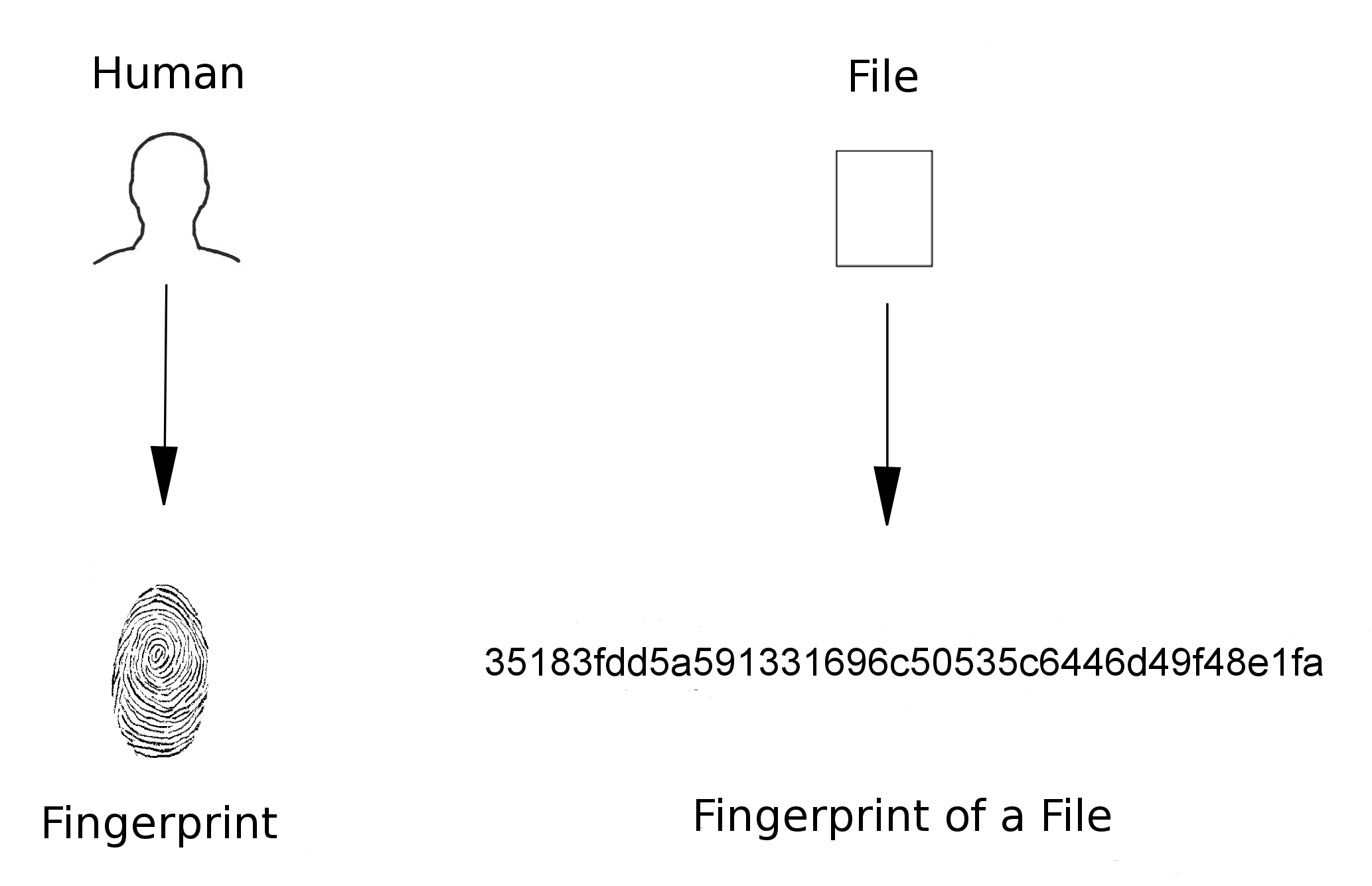

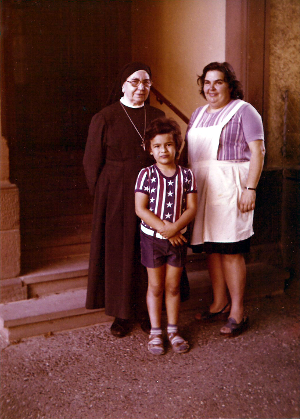

_1970er-Jahre_Passau_01_Vorschau.png)
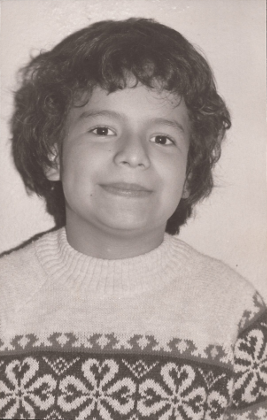
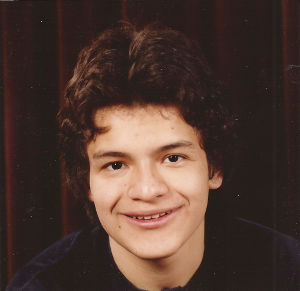
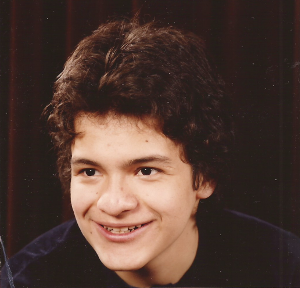
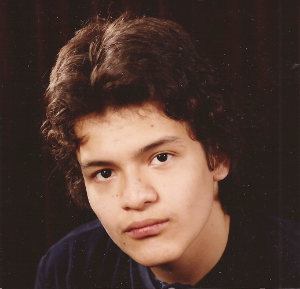
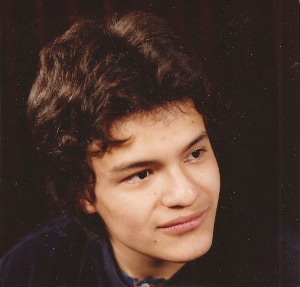
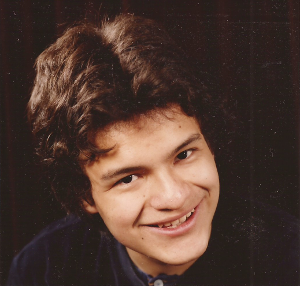
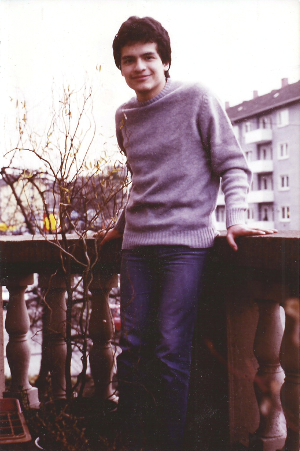
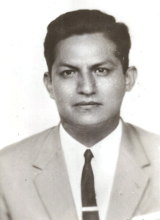
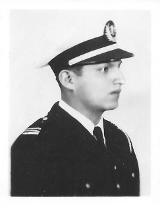
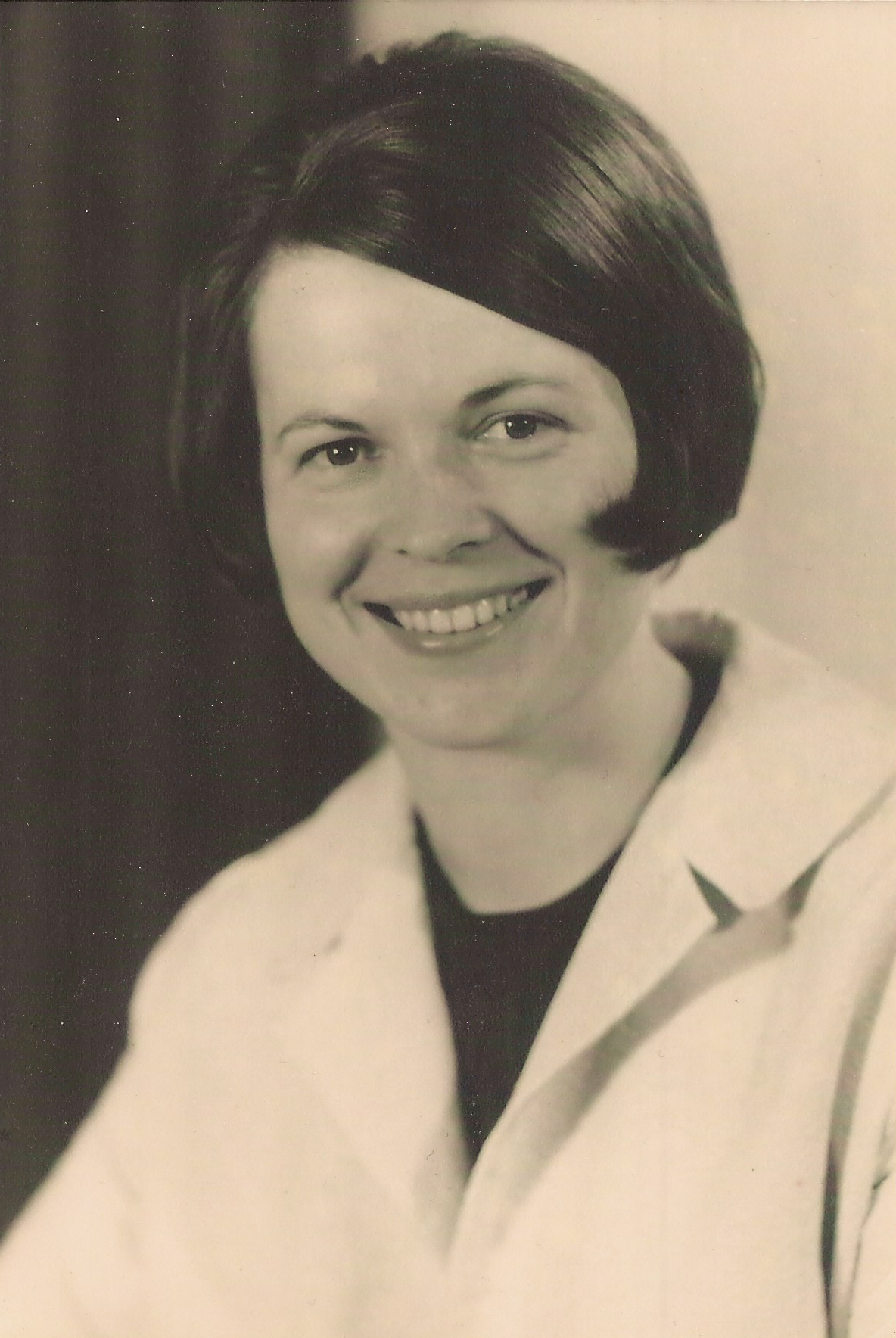
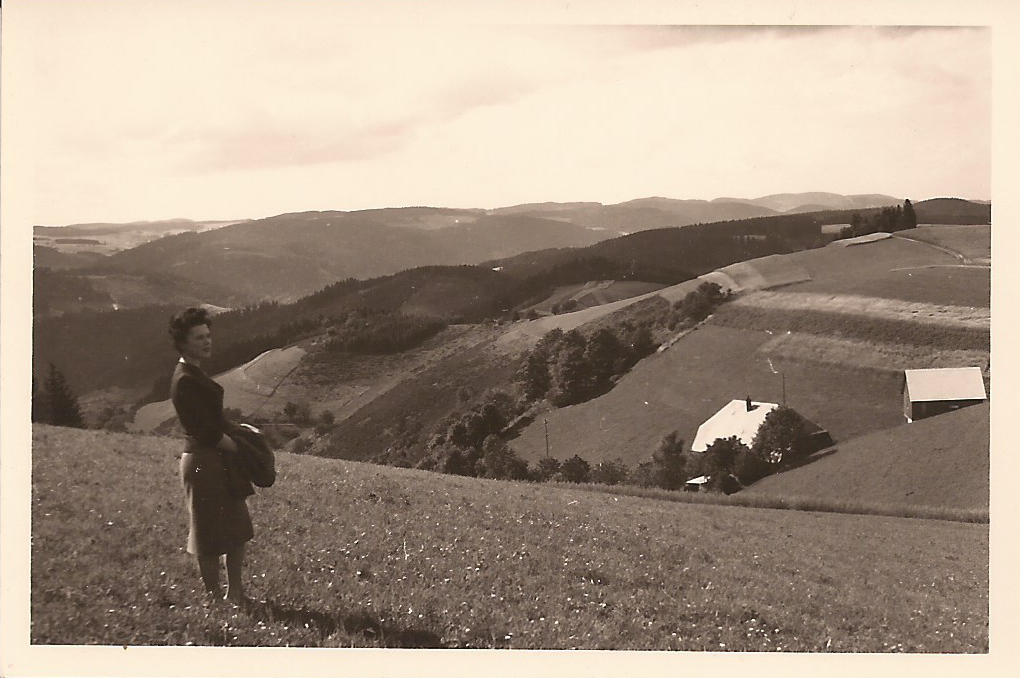
_Brieg_Schlesien_Anfang_der_1940er-Jahre.png)
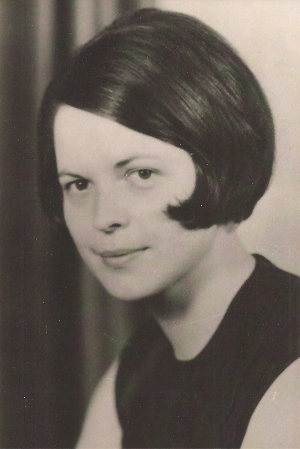
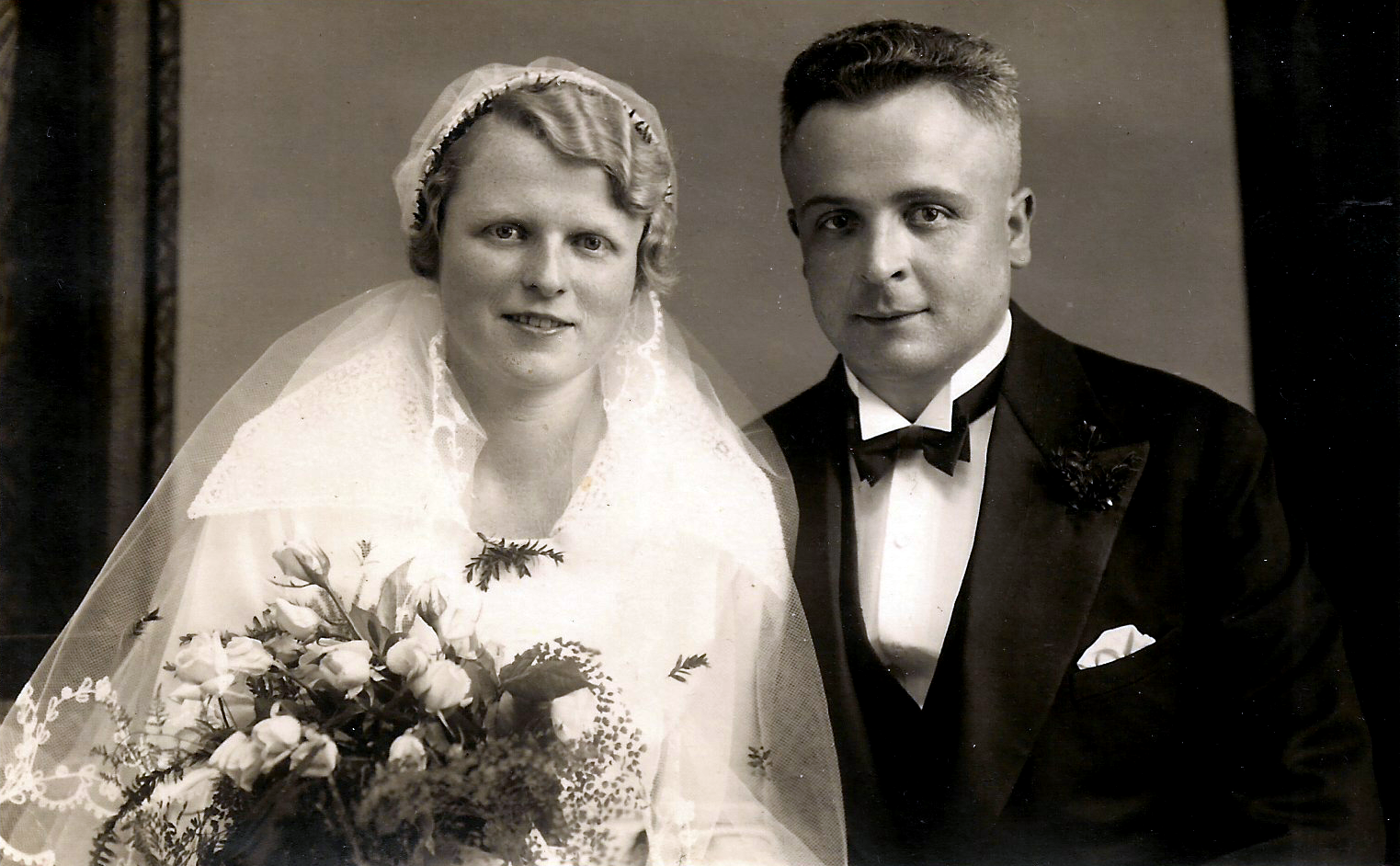
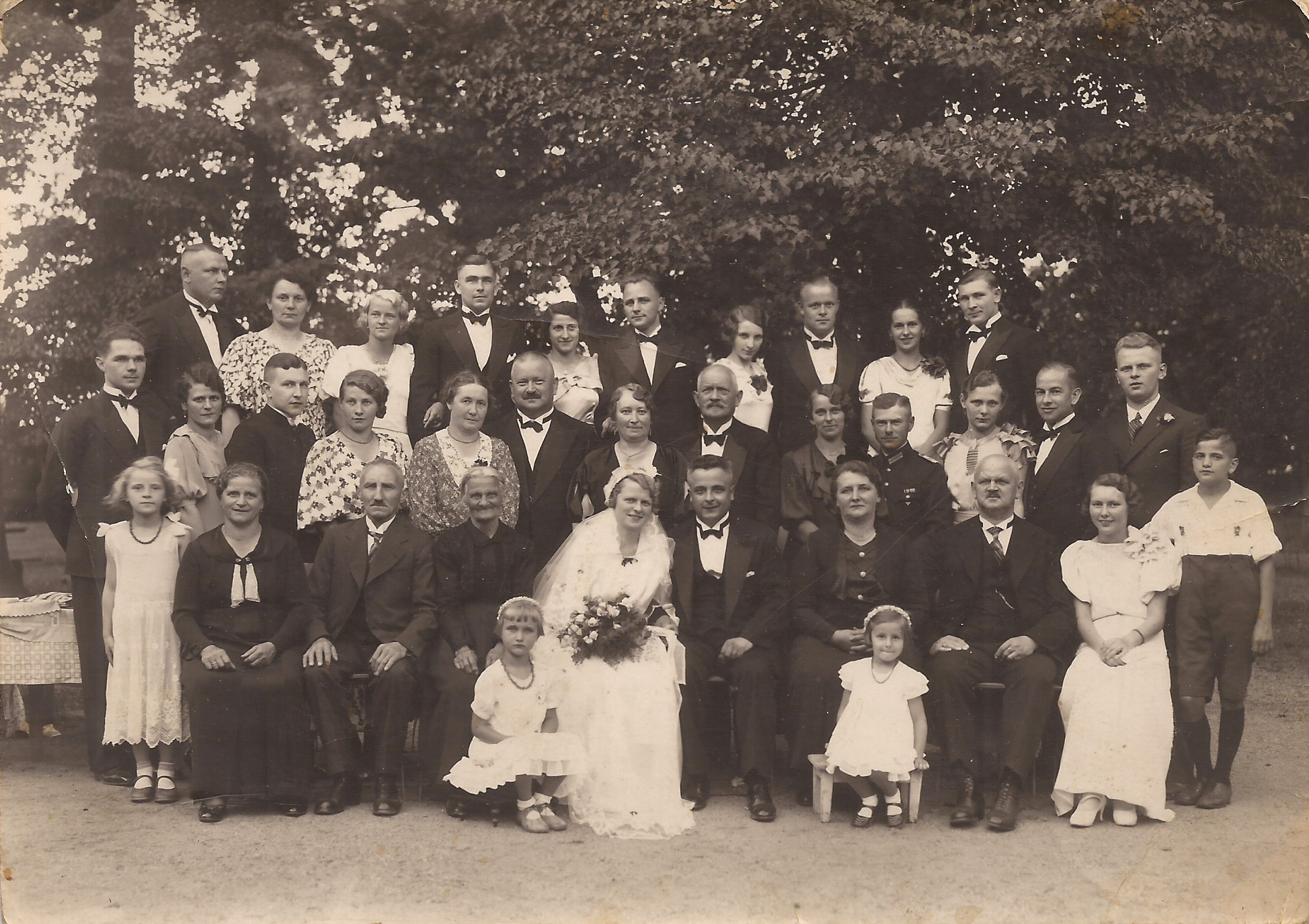
.png)
![[Text will follow]. [Text will follow].](Grossonkel/Schlesien.png)
![[Text will follow]. [Text will follow].](Grossonkel/Foto-04.png)
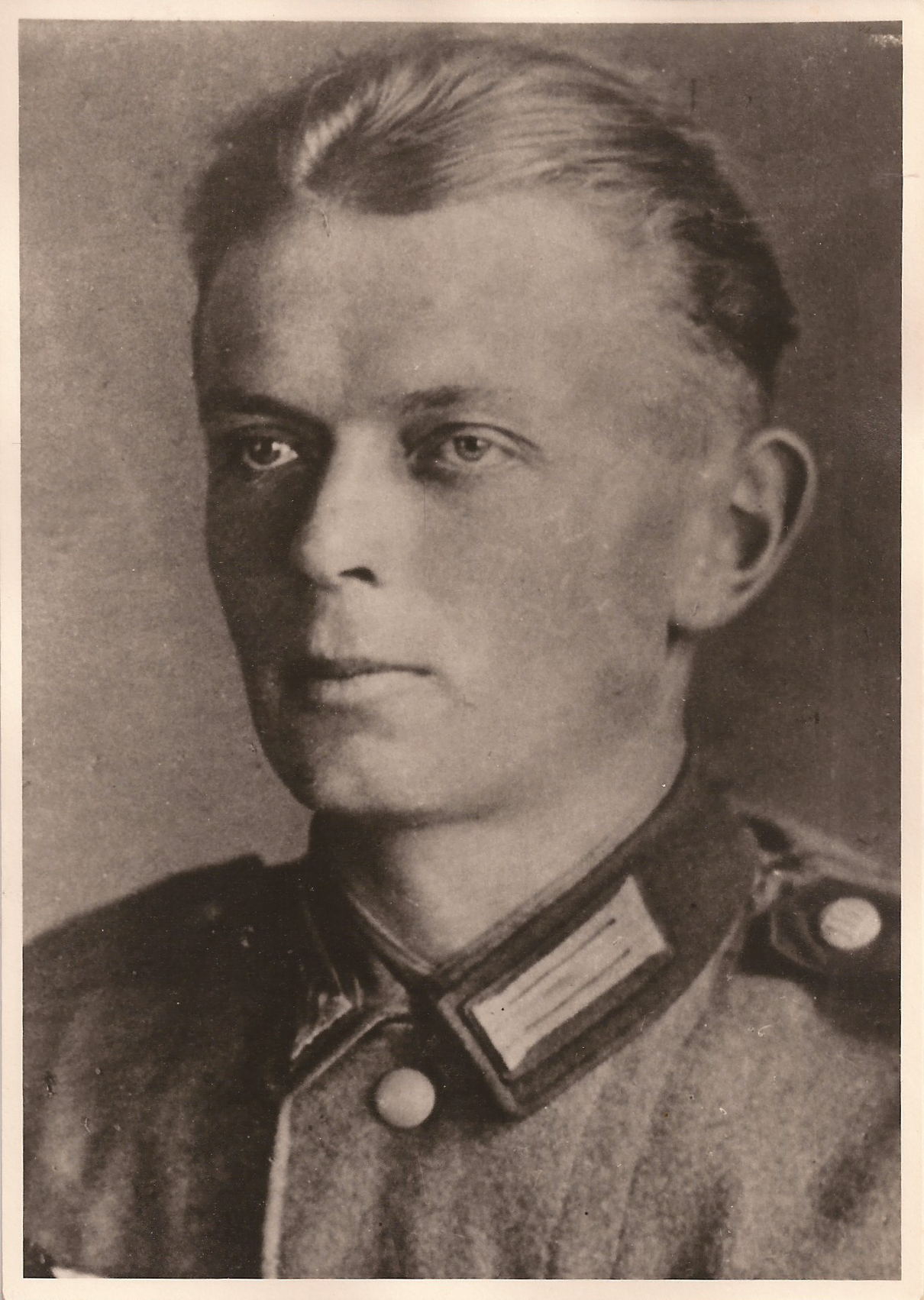
_und_von_Mathilde-Fröhlich_()_Foto-01_Vorschau.png)
